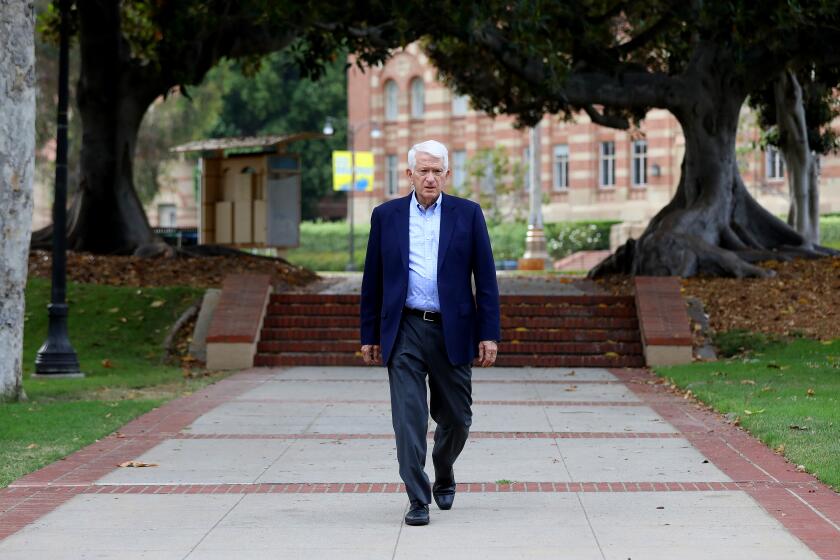Community College a Viable Option
When I graduated from Van Nuys High School back in the “greaser” year of 1959, everyone went off to college. In my Samurai Class of 1,300, only the armed forces-bound and trades-trained graduates didn’t go on. It wasn’t: “Are you going to college?” It was: “Which one?”
For me, “which one” wouldn’t have been a choice had it not been for the Valley’s two junior colleges at the time, Pierce and Valley. With my lack of college prep credits and less than stellar grades, no way was I getting into UCLA, USC or even Valley State (now Cal State Northridge). I needed a second chance for a first crack at my career objective--being an industrial technology teacher. Valley College in Van Nuys gave me the chance. What the college did for me back then, it, and the Valley’s other community colleges, Pierce in Woodland Hills and Mission in Sylmar, can do for you today.
Thirty-six years ago, the California Master Plan for Higher Education went into effect. It said the top 12.5% of high school graduates would get to go to the University of California. The rest of the top one-third would have to settle for a California State University campus. All other graduates would have to find their way to local community colleges or private or out-of-state institutions.
But you don’t have to feel inferior if you wind up at a two-year college. Of all CSU and UC graduates who received baccalaureate degrees in 1993-94, fully 45% were community college transfer students, up from 41% 10 years ago, according to the California Postsecondary Education Commission. What that tells us is that the percentage of community college transfers who get baccalaureate degrees at the California public institutions is growing--and that it has always been high. The community colleges are an excellent springboard; at Pierce, Valley or Mission, you’ll be in good company.
“Yeah, but I’ve been told it’s just like high school, without bells,” you say. Yes, in a way it is--and that’s the point. You might look at a community college as a safe haven where you spend two years making the transition to a four-year school, if that’s your ultimate objective. The advantages are numerous. You may be able to live at home, have an easy commute, hassle-free parking and remain in a familiar community.
Furthermore, you’ll get a personalized education, the kind you’d pay plenty for at a private college or university. Typically, you’ll find smaller classes given by professors who don’t mind being called teachers, because that’s what they do--teach. As one instructor told me: “If teacher was good enough for Socrates, it’s good enough for me.”
You don’t want to go to a four-year college? You’re looking for a vocational certificate or associate’s degree in, say, electronics technology, nursing, business, culinary arts? Look no further. True, there are private vocational schools in the Valley. But before you pay their steep tuition, look what you can get for a pittance at Pierce, Valley or Mission. (Tuition at a California community college is $13 per unit.)
After graduating from Valley College in 1961, I went on to earn my bachelor’s and master’s degrees and teach electronics at Burbank High School. Now I’m back at Valley, teaching part time. Valley, in 1959, was there when I needed it. Today, all three of the Valley’s community colleges are there for you, too.



